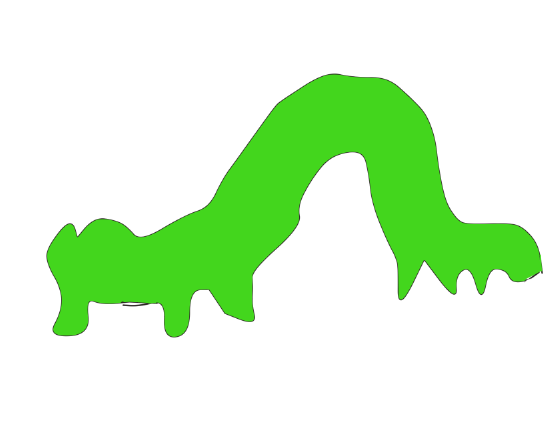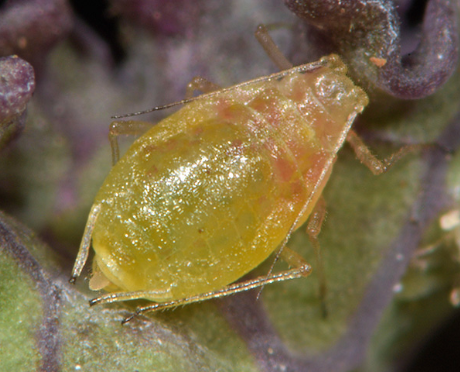Fleabane (Erigeron sp. )


Erigeron bonariensis is commonly found in and around orchards, however any of the known Fleabane species reported in Australia can be found growing in the same area. Fleabane is a common weed found in crops, pastures, coastal and riparian areas, roadsides, disturbed sites and gardens. It reproduces primarily by seed and is dispersed by the wind. Seed is also dispersed by machinery, water, vehicles, animals and on clothing.
In its natural environment (America), a broad range of insects are known to visit this plant, from nectar feeding insects to those that eat the leaves link. Some of the insects visiting flowers include small Halictid bees, wasps, Syrphid flies, Tachinid flies, Muscid flies and plant bugs (Miridae). Some of the pest insects include include the stem-boring larvae of a tumbling flower beetle, Aster Leafminer larvae, Horseweed Blister Midge larvae, Tarnished Plant Bug, Broken-backed Bug Differential Grasshopper and the larvae of the Halloween Paint moth. Fleabane is a known host for Rutherglen bugs. According to a GRDC project (see link below), pests found on fleabane include redlegged earth mites, rutherglen bugs, balaustium mites and green peach aphids. Cabi lists a number of organisms associated with Fleabane (see link below), some of these include yellow disease phytoplasmas, Neotropical brown stink bug, South American bollworm), Sugarcane eelworm, Cotton mealybug, Tobacco and silverleaf whitefly and the Southern armyworm. Virus and disease associations include Spindle tuber of potato, Bacterial wilt of potato, Tomato yellow leaf curl virus and rust.



Uses:
Links: Northern IWM fact sheet
Links: Brisbane Weeds
Links: Discover Life
Links: GRDC
Links: Cabi
Links: Living Atlas of Australia
Links: RBGS
Links: RBGS
Field Observations:
Please complete the form to add your observations - go to the About page to access the form
Location observations: